-
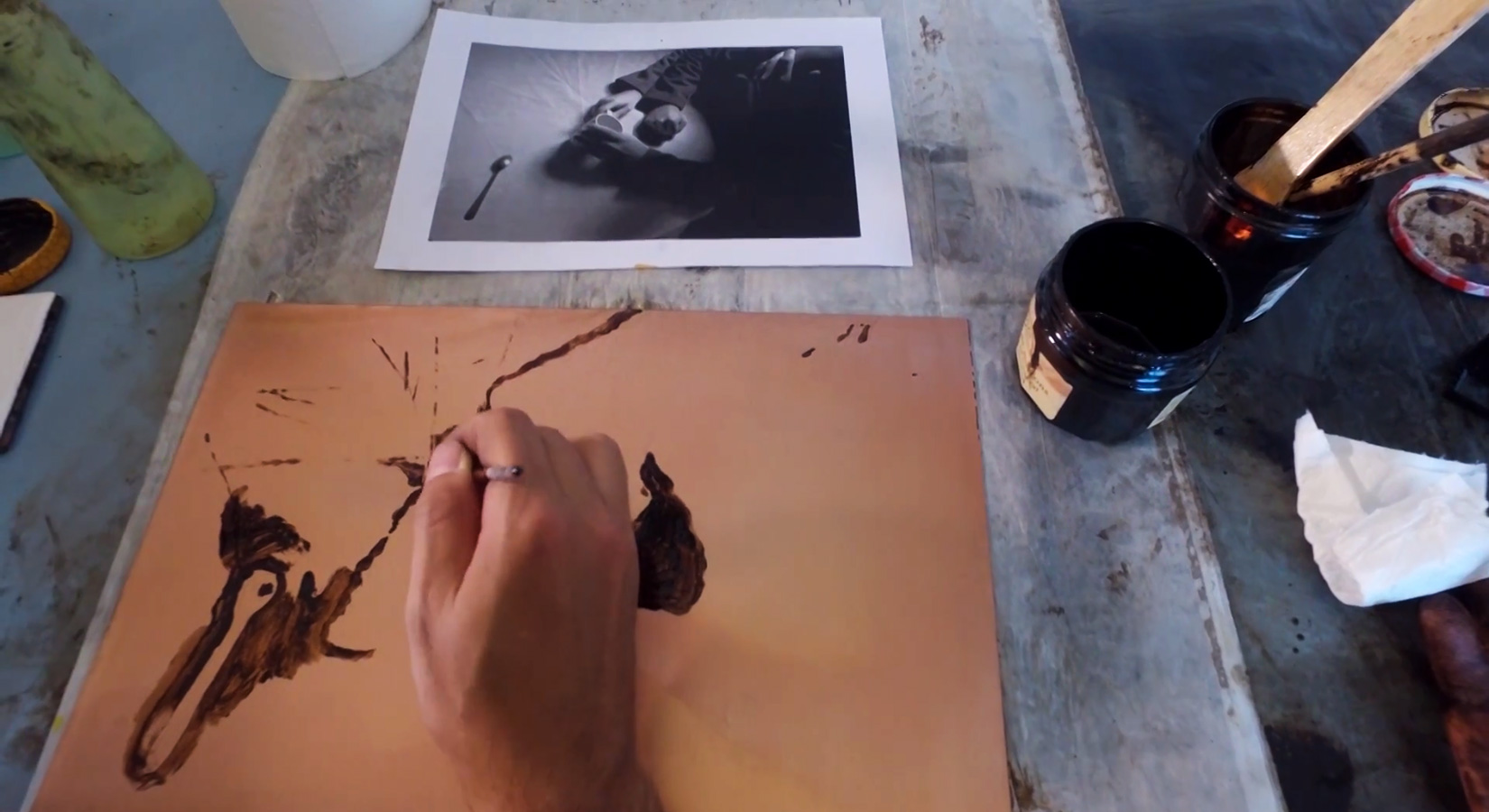
L'Atelier de Pablo Flaiszman et ses ombres errantes
-
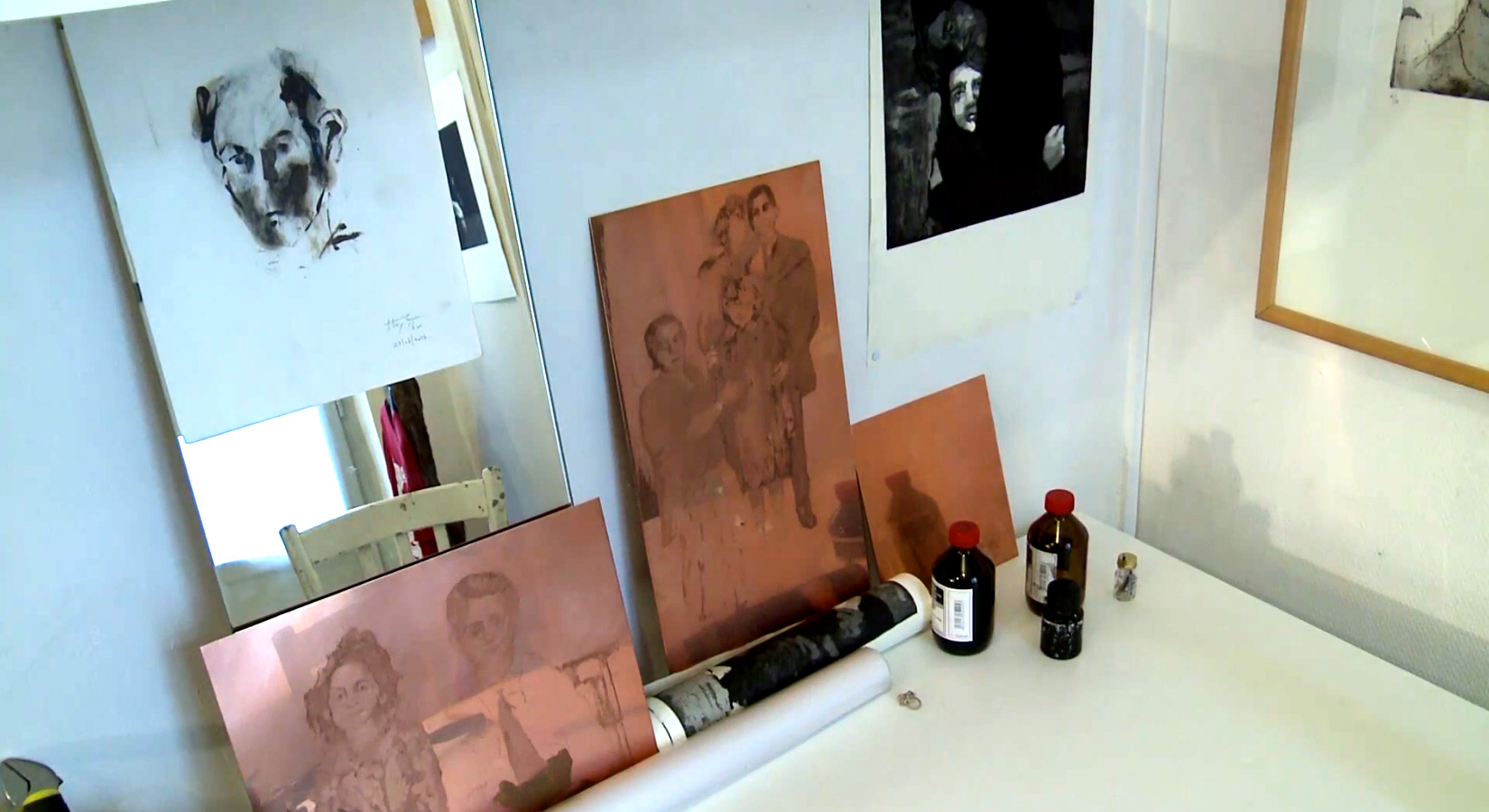
-
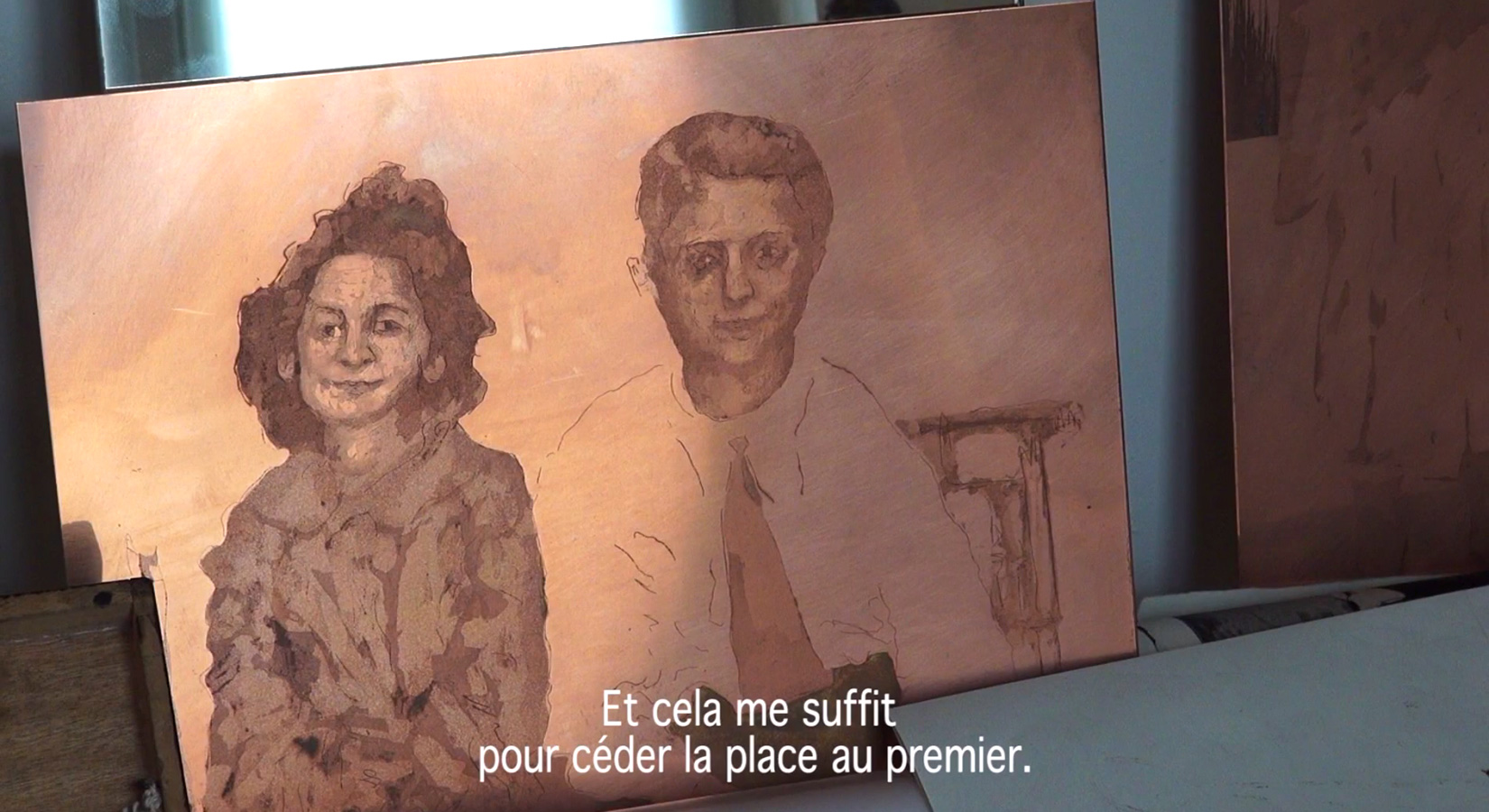
-
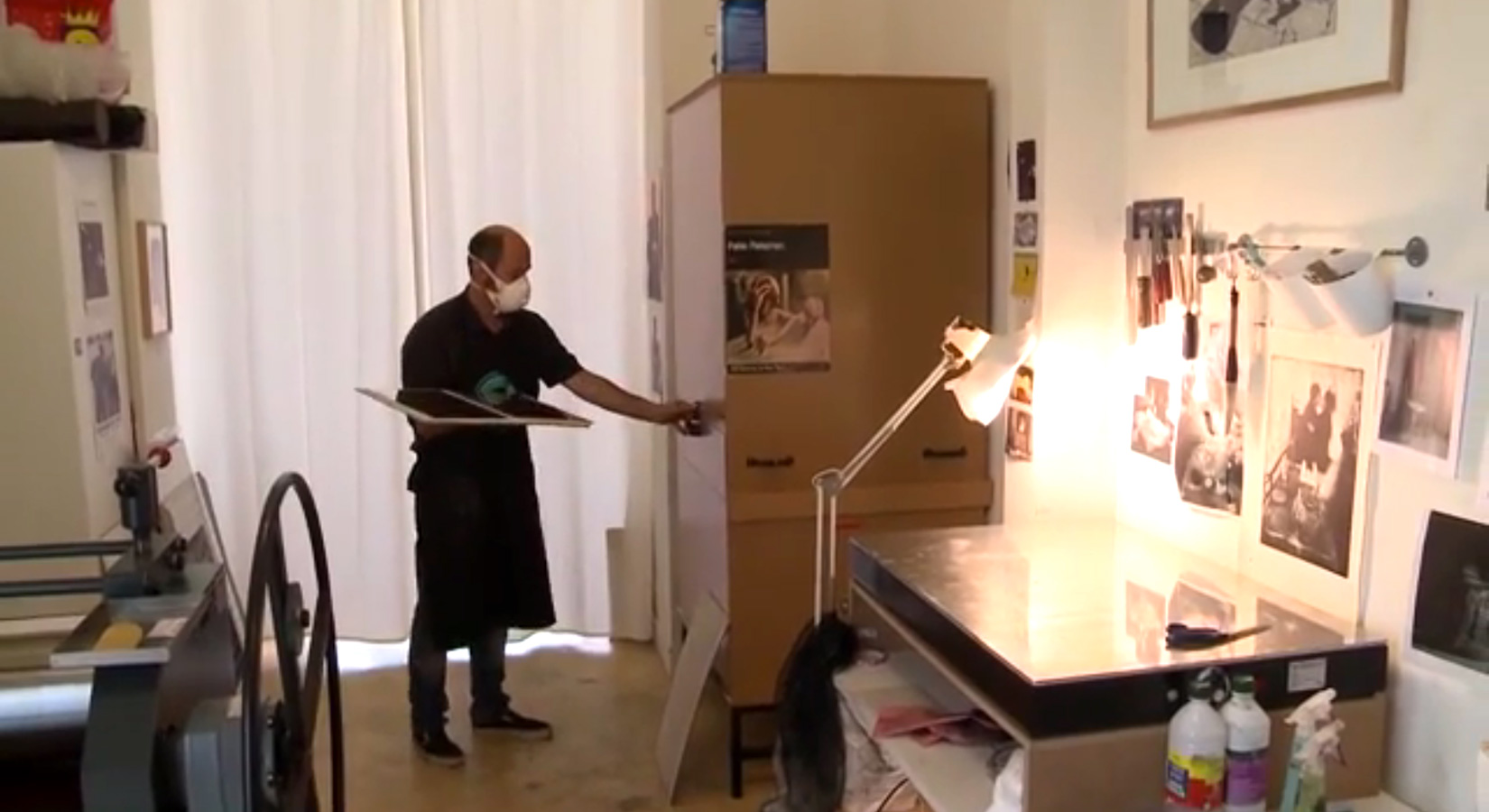
-
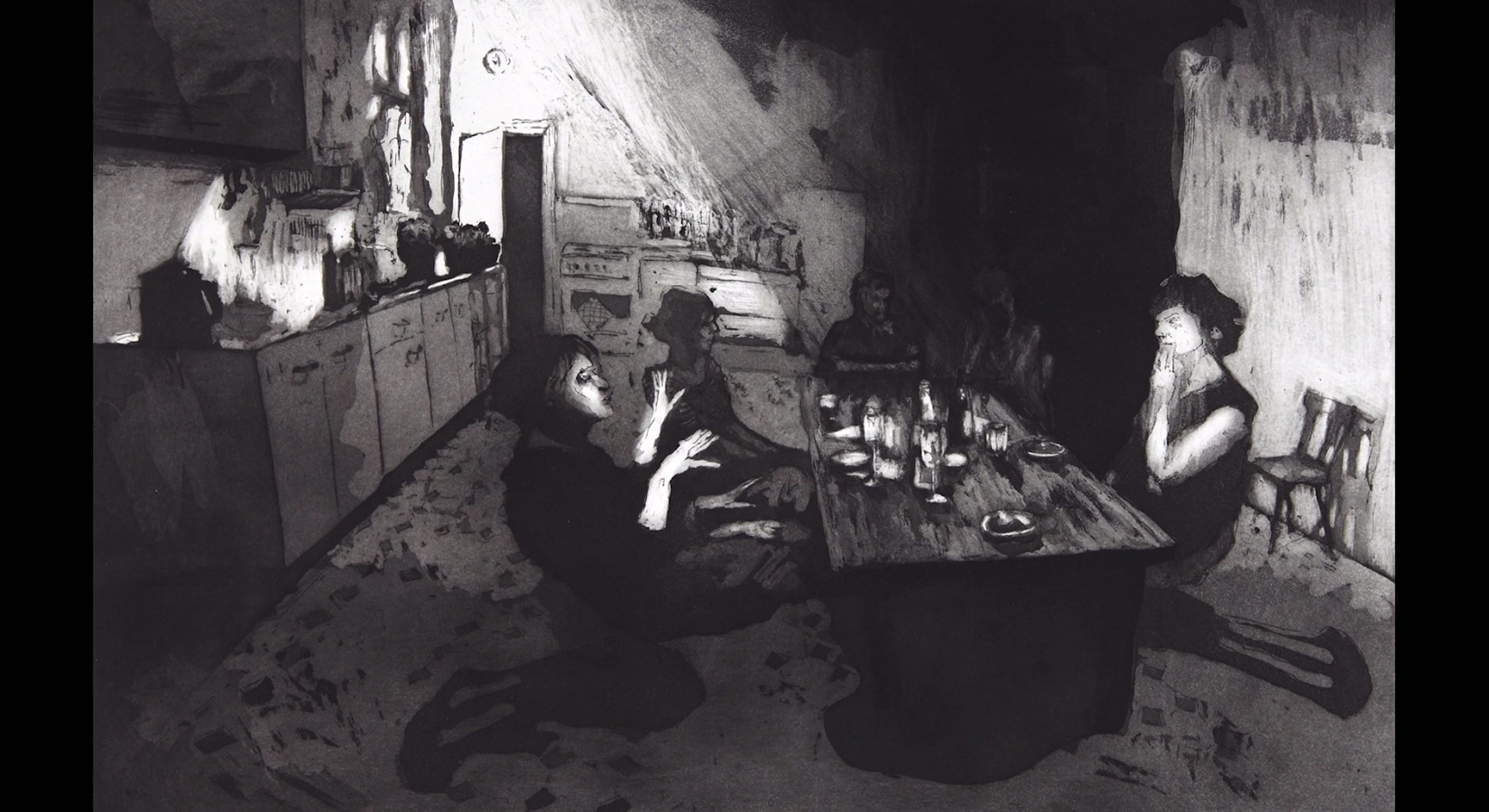
-
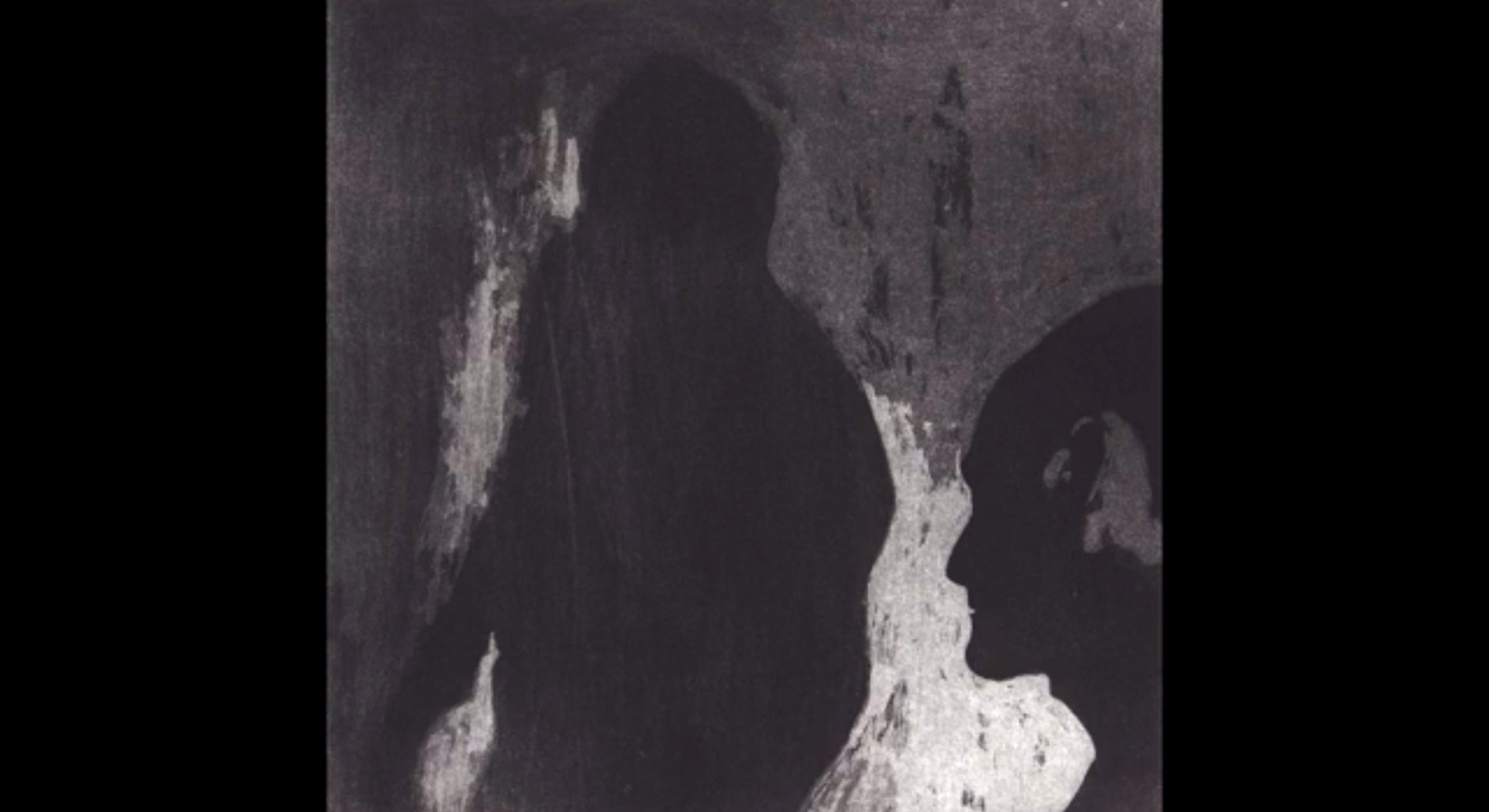
THE PRINTMAKER'S STUDIO
Pablo Flaiszman' Studio and His Wandering Shadows
Technique・ Aquatinte
Length・ 26 minutes, HD
Language・ French
Subtitles・ ---
Date of production・ November 2016
Direction・ Bertrand Renaudineau
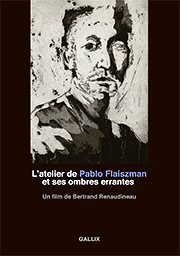
The workshop of Pablo Flaiszman, in Paris’ 18 th district, is a place pulsing with life, so as not to say haunted. Faces stare out from all over the white walls of the two large and impeccably-organized adjoining rooms: a close-up and some very large prints of a man and a woman; self-portraits; groups of people dressed in black, frozen in the middle of strange family rituals that seem to go on forever… Further on, a man watches a little girl, while another seems to dwarf the small figures sitting on a low wall at the back of courtyard.
It is here, surrounded by this familiar - often benevolent, sometimes disturbing - presence that the engraver captures light and shadow on his zinc or copper plate. Thanks to his sharp skills in aquatint, he creates a subtle hide-and-seek of vanishing silhouettes, engulfed by the depth of a far-off shadow or the blinding backlight of a window. For him, aquatint, like watercolors, plays on transparency; it is the art of the vanishing. In such a place, anything is possible: ghosts come to life and fleeting visions materialize into printed images with a disquieting strangeness that was dear to Freud.



